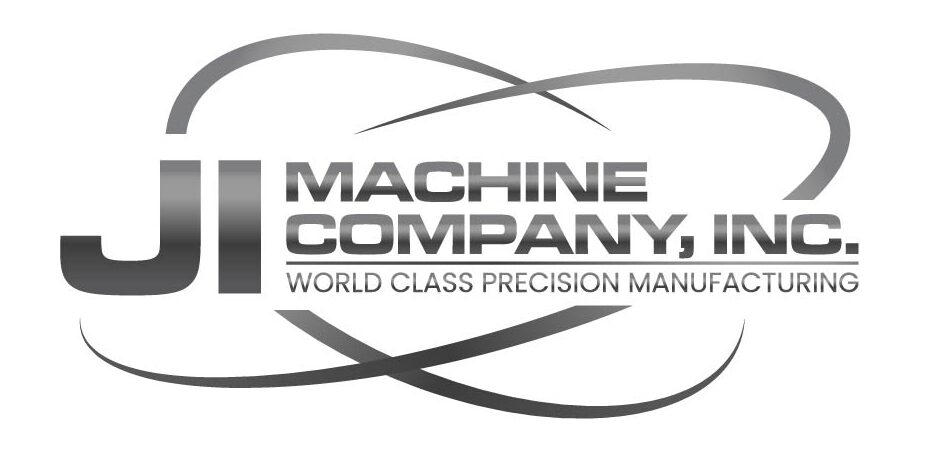New 5-Axis Machine being install at the end of Q2, 2024 – Advantages of 5-Axis over 4-Axis Machining

5-axis machining offers some key advantages over 4-axis machining, making it a better choice for specific applications. Here’s what sets it apart:
Complex Geometry: The biggest difference is the ability to handle complex shapes. 4-axis machining (X, Y, Z plus rotation on one axis) can create intricate features on multiple sides, but requires repositioning the workpiece for different angles. 5-axis machining, with two additional rotational axes, can reach all sides of the part simultaneously. This allows for machining of very complex parts with intricate curves and angles in a single setup.
Reduced Setups & Faster Production: Since complex parts can be machined from various angles without repositioning in 5-axis, there’s a significant reduction in setup times. This translates to faster production cycles and lower overall costs.
Improved Accuracy: Less repositioning minimizes potential errors that can creep in during multiple setups with 4-axis machining. 5-axis machining can achieve higher precision, especially for intricate parts.
5-axis machining is the ability of a CNC machine to move a part or tool along five different axes simultaneously, in addition to the X, Y, and Z linear axes, and rotating on the A and B axes. The A-axis rotates around the X-axis, and the B-axis rotates around the Y-axis.
- A-axis: Rotation around the X-axis
- B-axis: Rotation around the Y-axis
- C-axis: Rotation around the Z-axis
- X-axis: Left-to-right
- Y-axis: Forward-to-back
In summary, 5-axis machining shines when dealing with complex parts that require high precision and faster turnaround times. If your project involves simpler geometries, 4-axis machining might be a more cost-effective option. Whatever you need, JI Machine can help you determine the best course of action to accomplish the most cost-effective solution.
Contact us for more information about our upcoming 5-axis machining.
